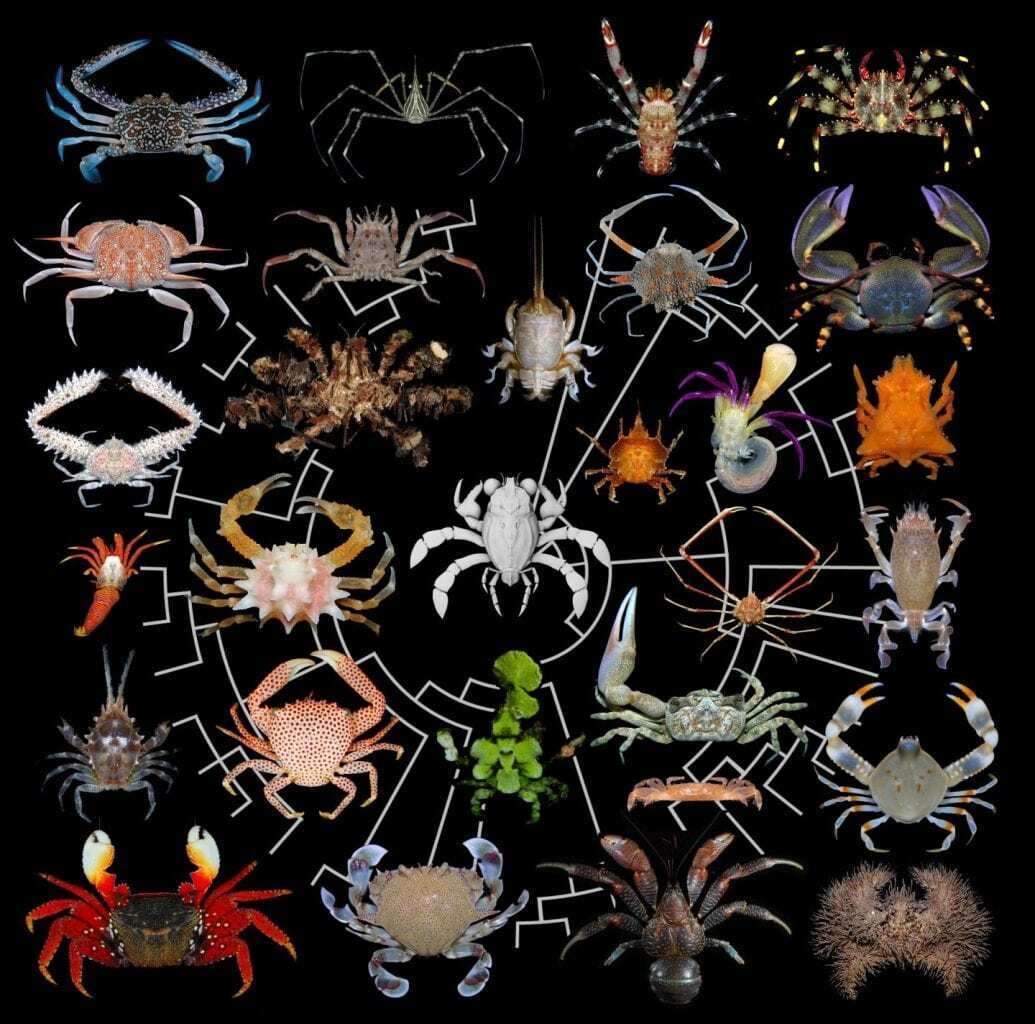A new fossil from the dinosaur era challenges the understanding of evolution.
In a paper published in Science Advances, an international team, including researchers from the Smithsonian Tropical Research Institute (STRI) in Panama, announced their discovery of a new fossil crab species, Callichimaera perplexa in Boyacá, Colombia, and in Wyoming in the United States.
“This new discovery is one of the most exciting fossil findings in the tropics in the past decade,” said Javier Luque, former predoctoral fellow in staff scientist Carlos Jaramillo’s lab at STRI, now NSERC postdoctoral fellow in the Department of Geology and Geophysics at Yale University. “We discovered a treasure trove of fossil crabs, dozens of exceptionally preserved specimens with eyes, antennae, muscles and reproductive organs.”

Sometimes it is difficult to piece together the tree of life that maps the evolution of the animals seen today. Important pieces in the puzzle may be rare or yet to be discovered. According to the authors, this fossil crab’s unique body form pushes the textbook definition of what a crab is. It has large, unprotected compound eyes, a small body and mouthparts that look like legs. Its large, oar-like legs are the oldest record of adaptations of crabs for swimming.
“This baffling fossil is like the platypus of the crab world,” Luque said. “It is the earliest arthropod to evolve swimming oar-like legs since the sea scorpions disappeared more than 250 million years ago, a beautiful and perplexing chimera, as its name indicates.”
By comparing specimens of the new species with all known crab species, the team discovered several important unique characteristics of this species that sets it apart. The adults have characteristics similar to crab larvae. This would be like an adult human having the disproportionately large eyes of a baby, for example. Because researchers found males and females, they concluded that they were seeing adults, even though they appeared to have many characteristics of an earlier life-stage. The phenomenon of an adult retaining characteristics of a younger form is called pedomorphosis, a way to skip evolutionary steps in order to adapt to a new environment in fewer generations.
“This reveals a new branch in the tree of life that has never been seen before,” said Jaramillo, project advisor.
SMITHSONIAN TROPICAL RESEARCH INSTITUTE
Header Image – Javier Luque (Yale University) looking for fossil crabs in the Colombian Andes. Credit : Daniel Ocampo R., Vencejo Films.







